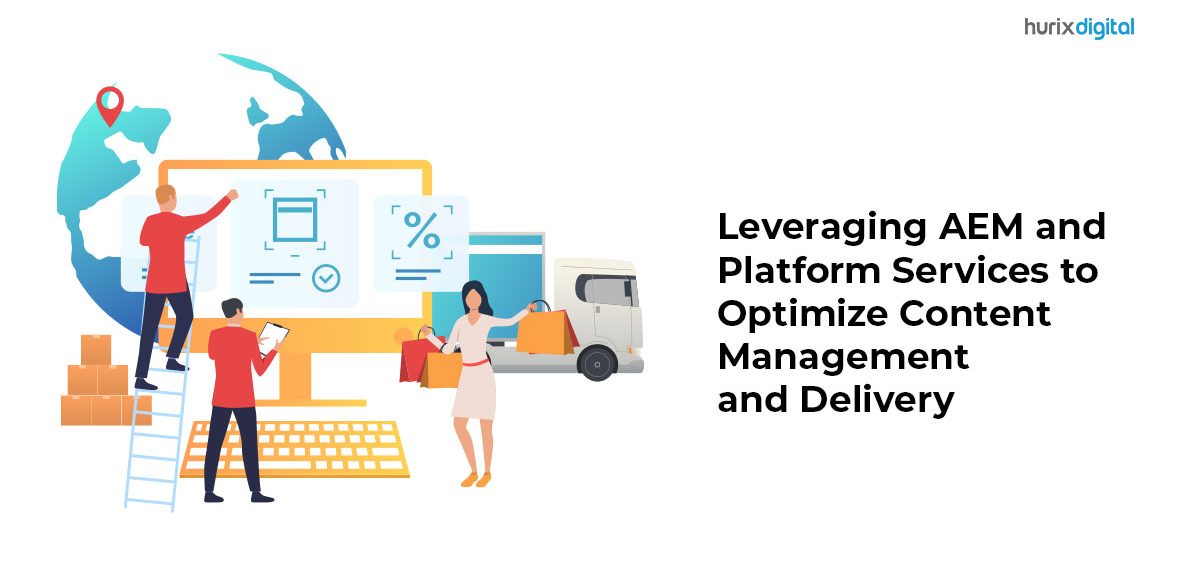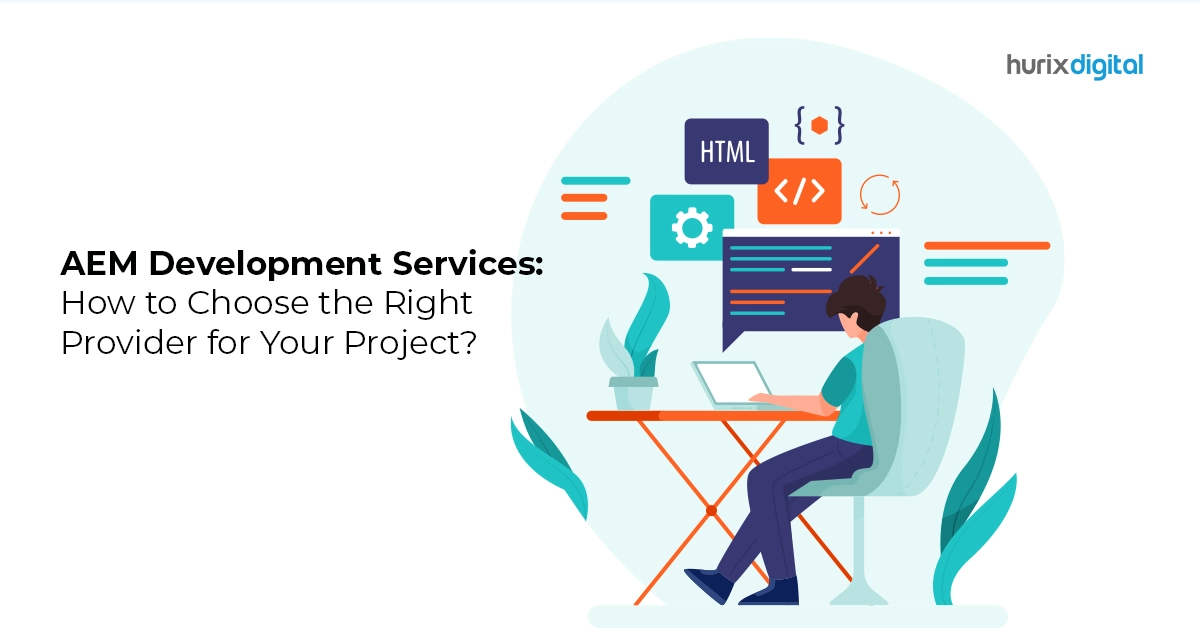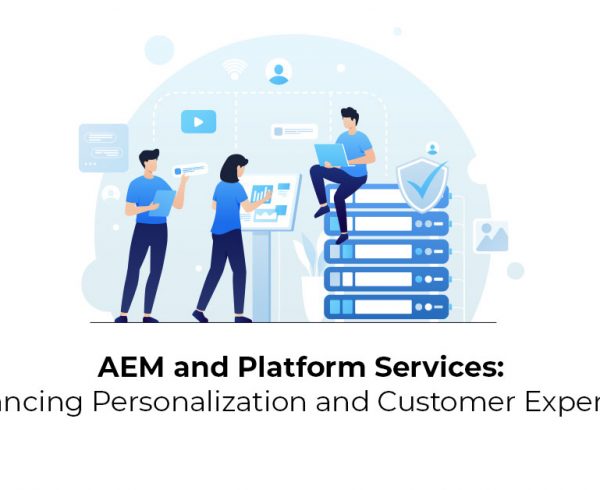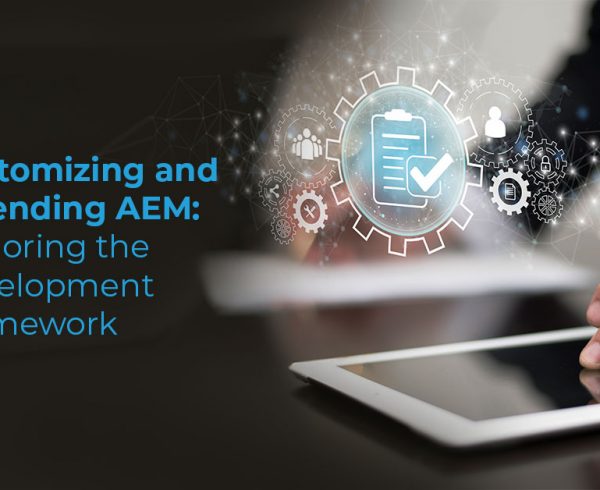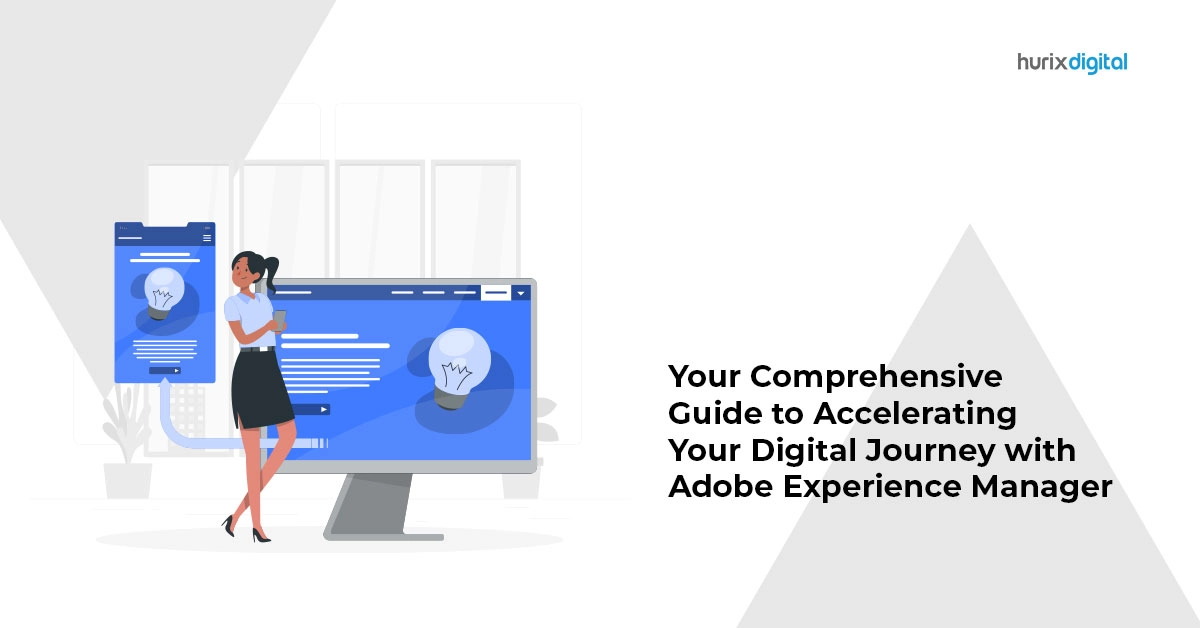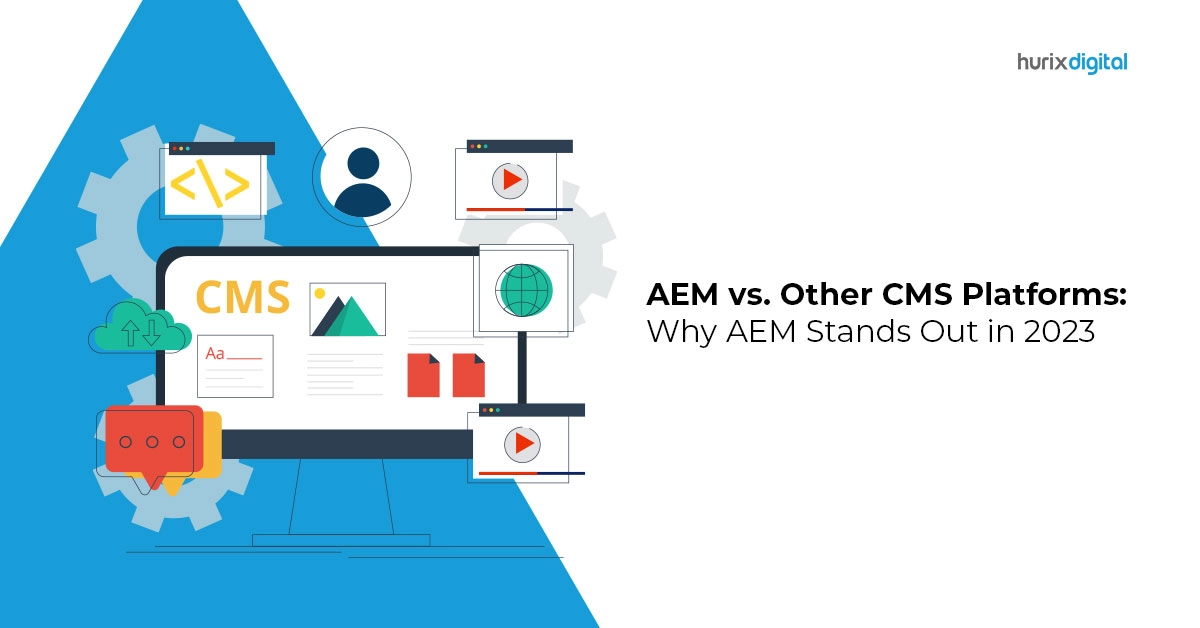Summary
This blog outlines the six key best practices for AEM implementation. These best practices can help you ensure that your organization can have a smooth implementation and gain full advantage of the AEM platform.
Adobe Enterprise Manager is an extremely capable content management system with the potential to bring all your content operations into one place. With that said, without the right AEM implementation partners and techniques, your organization may not be able to gain full advantage of the platform.
It is important to have an AEM implementation strategy in place that guides the entire process, provides for contingencies, and helps you manage any hiccups that occur along the way.
Through this blog, you will learn about the six key best practices for AEM implementation that can help you get your systems running with minimal disruption.
Table of Contents:
6 Key Practices For Successful AEM Implementation
If your organization has decided to implement Adobe Experience Manager, it is time to bring your teams together and build an AEM implementation plan.
You can consider the best practices listed below for a smoother adoption:
1. Define a Clear Strategy
Before you begin the implementation, it is important to assess the following aspects of your business:
- What does the current content management ecosystem at your organization lack?
- In what ways is your organization seeking to transform the workflows and processes of the content systems for the better?
- What risks are you experiencing currently, and how can AEM address them?
You need to conduct a needs analysis and put a strategy in place to guide you through the implementation process phase-wise. It helps to know the direction in which the implementation is proceeding.
2. Select the Right Features
AEM platform is a powerful tool with a plethora of features. Unfortunately, selecting the features that work for your organization makes it challenging.
Encourage your AEM implementation partners to adopt agile methodologies and prioritize the most mission-critical features first during the implementation.
Doing this facilitates rapid configuration and testing and creates room for reprioritization should any changes be needed. The demonstration sessions after testing also help display the system’s capabilities.
Your organization can have the entire CMS up and running within a few iterations in this manner.
3. Set Up Efficient Knowledge Transfer
More often than not, the biggest challenge in implementing Adobe Enterprise Manager is the restriction of information between the implementation partners and the organization team.
To ensure that AEM implementation is successful, it is mandatory to facilitate knowledge transfer without restrictions.
Your organization needs to appoint representatives and teams directly coordinating with the implementation partners to ensure that both sides stay on the same page. Doing this also ensures that:
- There is minimal delay in the implementation timelines.
- The reports and dashboards are set up in coordination between both sides.
4. Assign the Right Roles
One of the most critical aspects of any kind of implementation is to set up the right team to supervise and coordinate with the implementation partners.
For example, for implementing AEM-managed services, you need team members who can play the roles of:
- UI and UX designer
- Frontend and backend developers
- Quality assurance and control engineers
- Component developers
- Infrastructure engineers
- DevOps engineers.
It works best to understand the exact extent of the professionals you would need for a successful AEM implementation. The process occurs smoothly when all the professionals understand the scope of their responsibilities in the implementation.
5. Stay Flexible
You may be familiar with other popular CMSs like WordPress and Joomla. Adobe Experience Manager platform is slightly different than these popular content management systems, though.
This is why it helps to have a flexible approach to the AEM implementation process. For example, you can begin with the base version of AEM instead of selecting cloud-based add-ons from the get-go.
This will help you understand the differences between other CMSs and AEM. Even out of the box, AEM is more powerful and feature-rich as compared to other popular CMSs.
6. Perform Quality Assurance
This best practice isn’t only applicable to AEM but to every end product that your business produces. Quality assurance engineers should test every module of the AEM platform implemented at your organization and objectively pass their verdict.
Before the CMS goes live across your enterprise, it is essential to ascertain that all the features are working as they should. Security checks and risks should take the top priority in mitigation efforts.
Conducting quality assurance also helps your organization identify spikes in costs that can be completely avoided with a few configuration modifications.
Also Read: Creating Dynamic and Personalized Web Experiences with AEM
Top 3 Critical Pitfalls to Avoid
Even with these best practices in place, your implementation team can run into several challenges along the way.
Listed below are three critical pitfalls that must be identified and avoided to prevent inefficiencies and cost overruns:
1. Failing to Prioritize
One of the classic challenges businesses run into while AEM implementations is that they attempt to achieve too many goals simultaneously. It invariably results in cost overruns and implementation delays.
This is why it is crucial to prioritize the implementation based on the needs analysis conducted by the organization and keep a little scaling room available for the future.
2. Failing to Prepare the Data Limits
The second most critical pitfall is plugging in your AEM platform to every data source at the organization. While the AEM platform can pull data from any source at your company, not all of it may be useful.
This may lead to increases costs for data processing and storage. As a solution, allow the platform access to only the data you have scoped for.
3. Ill-Planned Personnel
The third pitfall is skimping on training and designated personnel who understand how to use the tool.
When launching the AEM platform organization-wide, enough employees must know how to leverage its capabilities fully.
Training and development sessions are important when implementing the AEM platform.
Check out this Exclusive Press Release: Hurix Digital Joins Adobe Bronze Solution Partnership Program to Enhance AEM Consulting Services
Conclusion
Did you know that popular brands like Cisco, HP, and Samsung all use Adobe Experience Manager?
Adobe-managed services tremendously enhance the functions and operations of an organization. However, a tool is only useful if it is assembled correctly – which is what AEM implementation partners like Hurix Digital help you achieve.
Hurix Digital provides organizations with digital engineering and technology solutions that include smooth, seamless, and efficient AEM implementation. To know more, get in touch with experts today!


